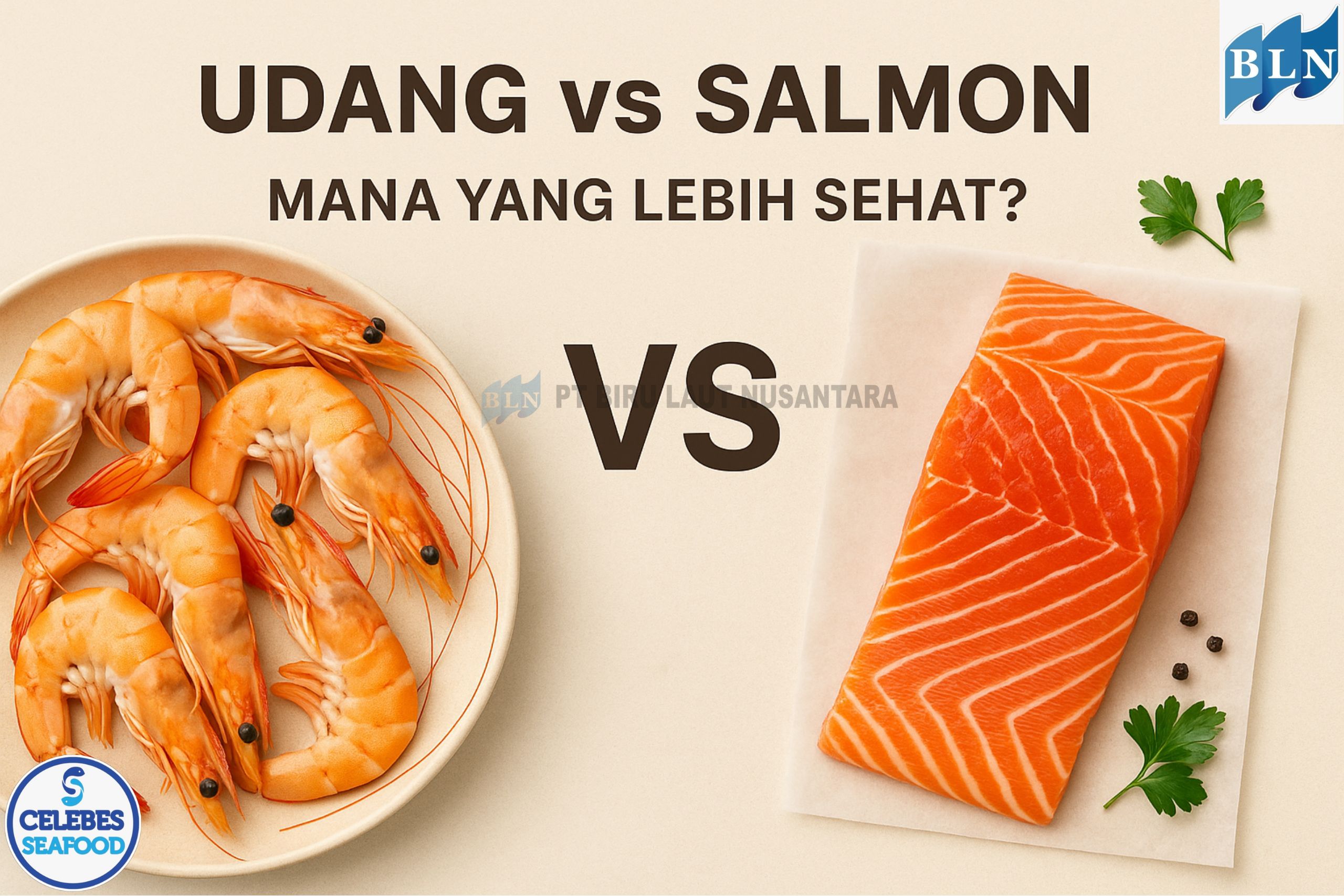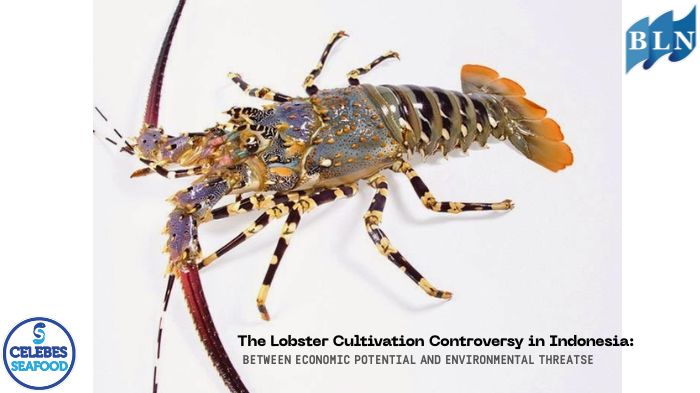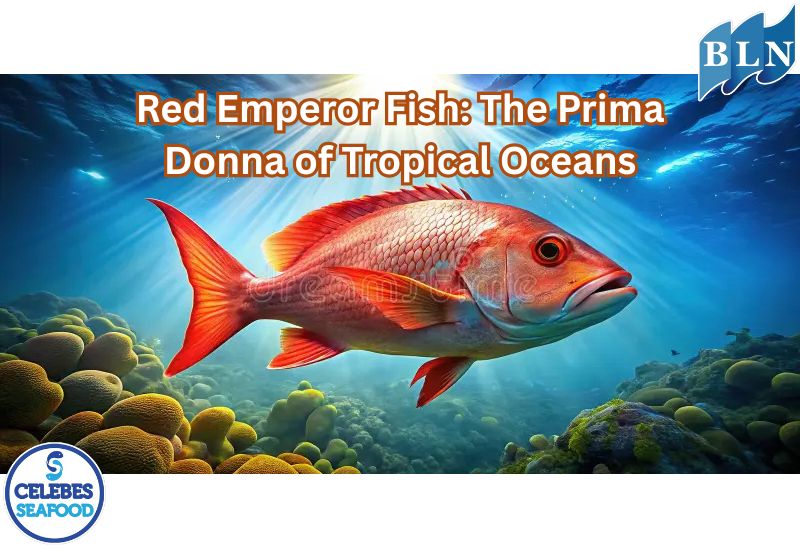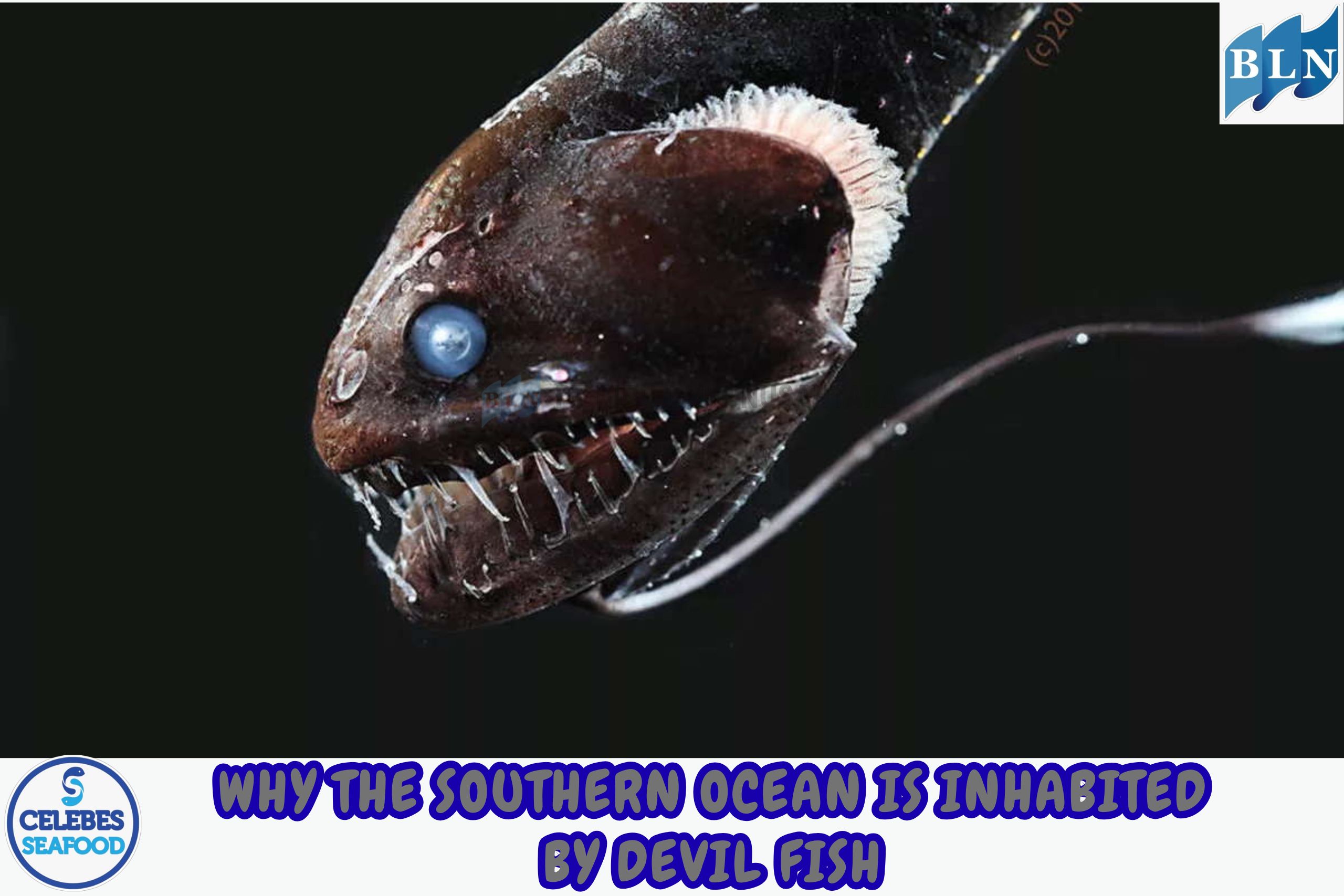The Origins of Halibut: Uncovering the Story Behind the Flatfish Introduction
By. Azizah - 18 Jan 2025.png)
lautnusantara.com The halibut, often referred to as a "flatfish," is a fascinating marine creature with unique characteristics that set it apart from other fish. Known for its asymmetrical body and both eyes positioned on one side, this fish has sparked curiosity among scientists, fishermen, and food enthusiasts alike. Its origins, evolution, and ecological significance form an intriguing narrative worth exploring.
Evolutionary Journey of the Halibut
The distinctive shape of the halibut is the result of millions of years of evolution. Like other flatfish, halibut start life with a symmetrical body. However, as they mature, one eye migrates to the opposite side of their head, a process known as metamorphosis. This adaptation allows the halibut to lie flat on the ocean floor, camouflaging itself from predators and ambushing prey.
Scientific studies suggest that halibut ancestors swam upright like most fish before gradually adapting to a benthic (bottom-dwelling) lifestyle. Fossil evidence indicates that this transition occurred around 50 million years ago, highlighting how natural selection shaped their flat, asymmetrical bodies for survival in their environment.
Read Also : 7 Atlantic Halibut Things You Should Know
Cultural and Historical Significance
Halibut has been a valuable resource for coastal communities for centuries. Indigenous peoples in North America, such as the Inuit and the Pacific Northwest tribes, relied on halibut for sustenance and trade. They developed sophisticated fishing techniques and tools to catch these elusive fish.
In Europe, halibut was considered a delicacy and often featured in feasts and celebrations. The name "halibut" itself is derived from the Old English words "haly" (holy) and "butte" (flatfish), as it was traditionally eaten on holy days.
Read Also : Here Are Halibut Cooking Tips You Can Try
Halibut in Modern Times
Today, halibut remains a popular seafood item, prized for its mild flavor and firm texture. Two primary species, the Atlantic halibut (Hippoglossus hippoglossus) and the Pacific halibut (Hippoglossus stenolepis), are commercially significant. Sustainable fishing practices and aquaculture efforts have become crucial to preserving halibut populations, as overfishing and environmental changes pose ongoing threats.
The story of the halibut is a testament to the wonders of evolution and the intricate relationship between nature and human culture. From its unique physical adaptations to its role in global cuisines, the halibut continues to captivate and sustain communities around the world. Understanding its origins and ecological importance reminds us of the need to protect these remarkable creatures for future generations.
If you are interested in our HALIBUT WHOLE ROUND / HALIBUT WHOLE GILLED GUTTED & HALIBUT FILLET SKINLESS please do not hesitate to contact us through email and/or whatsapp








